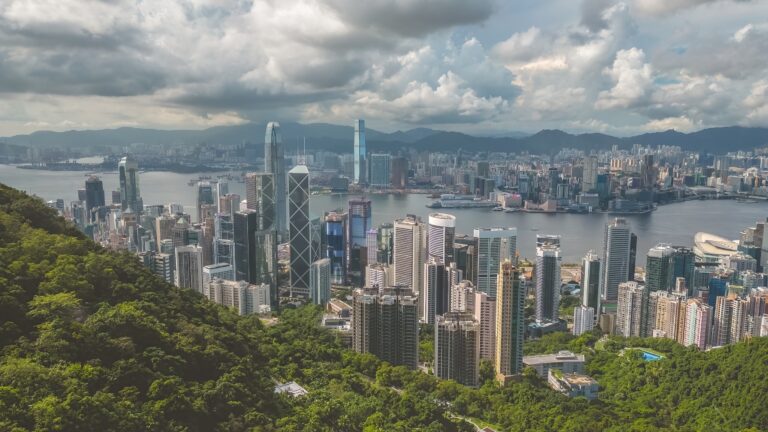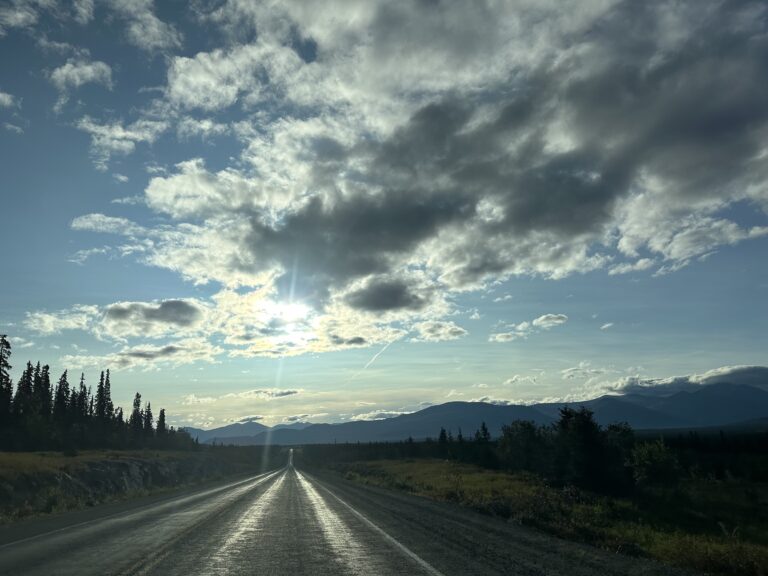The headlines are bad for Biden. When a liberal news outlet like Politico blasts: “Six warning signs for Biden in new battleground state poll,” followed by a sub-headline, “The toplines are bad for Biden. What’s buried deeper in the poll might be worse,” then you know the president is in trouble with voters.
According to polling just released, Biden is losing four of the six battleground states, and tying Trump in one.
“When a pollster releases new data in six key battleground states, and the incumbent is losing in four of them, it’s hard to narrow down the list of warning signs to just a handful,” Politico wrote on Sunday.
The results from The New York Times and Siena College, released to coincide with the Nov. 5 start of the presidential calendar year for the 2024 General Election, show President Joe Biden is losing ground to former President Donald Trump.
Siena College polls are usually slightly favoring a Democrat outcome. In 2022, Siena predicted that Ron DeSantis would win reelection as governor of Florida by 11 points. He won by more than 19. Siena predicted Texas Gov. Greg Abbott would win reelection by 9 points; he won by nearly 11. Siena predicted Sen. Marco Rubio would win reelection by 8 points; he won by double that margin.
Thus, if Siena polls say Biden is in trouble, even the leftist-controlled media knows enough to pay attention.
In this poll, conducted in October in battleground swing states, Trump leads Biden in Arizona, Georgia, Nevada, and Pennsylvania, ties Biden in union-heavy Michigan and trails Biden in Wisconsin. These are six states that Trump lost in 2020. Trump leads Biden by at least 5 percentage points in four of the six battleground states, while Biden’s 2-percentage-point advantage in Wisconsin is within the margin of error.
Some takeaways:
- 41% think Biden is too old.
- 36% think Biden “has the mental sharpness to be an effective president.”
- 54% think Trump is mentally sharp enough to be president.
- 23% think the country is headed in the right direction.
- 43% of Democrats think the country is on the right track, and 42% think it’s on the wrong track.
Biden’s best demographic is the under-30 voter. In that group, Biden leads Trump 50% to 44%.
Read the Politico story at this link.







